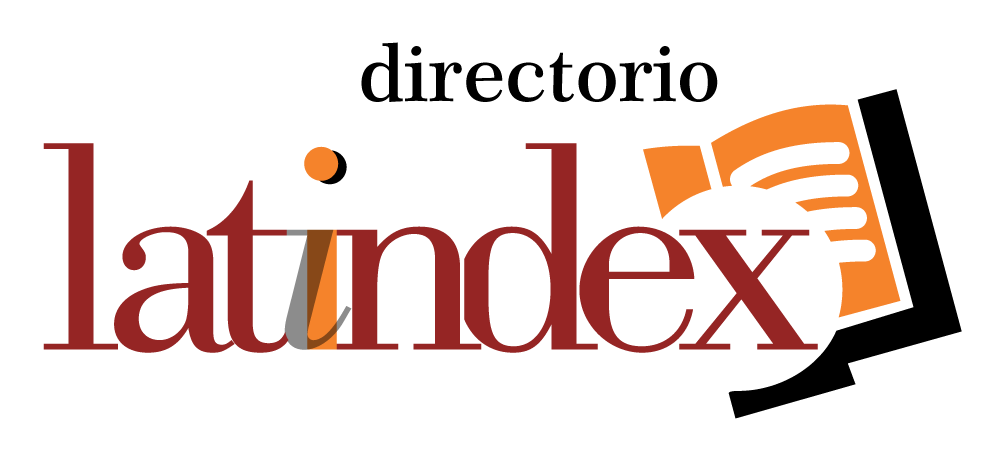Magnetic orientation of sisal fibers in cementitious matrix: mechanical behavior and image analysis
DOI:
https://doi.org/10.47842/juts.v5i1.38Keywords:
sisal fibers, magnetic alignment, mechanical behavior, radiography.Abstract
This work presents the preliminary results of an experimental investigation focused on the magnetic orientation of natural sisal fibers embedded in a cementitious matrix. The objective of this research is to evaluate the effect of magnetic orientation of sisal fibers on the mechanical behavior of thin cementitious plates tested under flexion. In the first phase, the work addresses the development of a coating which is applied to short sisal fibers in order to provide their magnetic alignment. The second phase is focused on the methodology employed for the magnetic orientation of the reinforcement. The final phase involves the mechanical characterization and image analysis (radiography and calculation of the fiber orientation factor) of the cementitious composites. The results indicated that the magnetic alignment of sisal fibers in cementitious matrix is possible and contributes to the composite flexural performance.
Downloads
References
Swamy, R.N. Fibre Reinforcement of Cement and Concrete. Mat. and Constr. (1975) 8: 235-254. https://doi.org/10.1007/BF02475172M. DOI: https://doi.org/10.1007/BF02475172
Silva, F. de A., Mobasher, B. & Filho, R. D. T. Cracking mechanisms in durable sisal fiber reinforced cement composites. Cem. Concr. Compos. (2009). doi:10.1016/j.cemconcomp.2009.07.004 DOI: https://doi.org/10.1533/9781845697754.81
Toledo. R. D. Materiais compósitos reforçados com fibras naturais: caracterização experimental. Phd Thesis, DEC-PUC-Rio / DEC-Imperial College-Londres, Rio de Janeiro, 1997.
Bentur, A., Mindess, S. Fibre reinforced cementitious composites. England: Elsevier Applied Science; 1990.
Melo Filho, J.A. Desenvolvimento e caracterização de laminados cimentíceos reforçados com fibras longas de sisal. Master’s thesis, UFRJ, Rio de Janeiro, 2005.
Silva, F. A.; Toledo Filho, R. D.; Melo Filho, J. A.; Fairbairn, E. M. R. Physical and Mechanical Properties of Durable Sisal Fiber-cement Composites. Constr. Build. Mater. (2010) 24, 777_785. DOI: https://doi.org/10.1016/j.conbuildmat.2009.10.030
Brito, I.S.; Rambo, D.A.S; Martini, S.; Salvador, R.P.S; Freitas, M.F.M. Flexural behavior of HPFRCC: Enhancing post-crack strength and toughness by magnetic alignment of the reinforcement. Constr. Build. Mater. (2021) 269, 121265. https://doi.org/10.1016/j.conbuildmat.2020.121265. DOI: https://doi.org/10.1016/j.conbuildmat.2020.121265
Gou, H.; Zhu, H.; Zhou, H.; Yang, Z. Reinforcement mechanism of orientally distributed steel fibers on ultra-high-performance concrete. Constr. Build. Mater. (2021) 281, 122646. https://doi.org/10.1016/j.conbuildmat.2021.122646. DOI: https://doi.org/10.1016/j.conbuildmat.2021.122646
Mu, R.; Diao, C.; Liu, H. Design, preparation and mechanical properties of full-field aligned steel fiber reinforced cementitious composite. Constr. Build. Mater. (2021) 272, 121631, 2021. https://doi.org/10.1016/j.conbuildmat.2020.121631. DOI: https://doi.org/10.1016/j.conbuildmat.2020.121631
Freitas, M. F. M. Desenvolvimento de processo de alinhamento magnético de fibras curtas de sisal em matriz cimentícia e influência no comportamento mecânico. Master’s thesis, São Judas Tadeu University, São Paulo, 2020.
Santos, S.F.; Teixeira, R.S.; Savastano, H. Interfacial transition zone between lignocellulosic fiber and matrix in cement-based composites, In: Sustainable and Nonconventional Construction Materials using Inorganic Bonded Fiber Composites, 2017. https://doi.org/10.1016/B978-0-08-102001-2.00003-6. DOI: https://doi.org/10.1016/B978-0-08-102001-2.00003-6
Downloads
Published
How to Cite
Issue
Section
License
Copyright (c) 2022 Dimas Alan Strauss Rambo, Marcos Fabrízio de Menezes Freitas, Sandro Martini, Ramon Costa Nascimento

This work is licensed under a Creative Commons Attribution 4.0 International License.
- O(s) autor(es) autoriza(m) a publicação do artigo na revista;
O(s) autor(es) autoriza(m) a publicação do texto na da revista;
O(s) autor(es) garantem que a contribuição é original e inédita e que não está em processo de avaliação em outra(s) revista(s);
A revista não se responsabiliza pelas opiniões, ideias e conceitos emitidos nos textos, por serem de inteira responsabilidade de seu(s) autor(es);
É reservado aos editores o direito de proceder a ajustes textuais e de adequação às normas da publicação.
Autores mantém os direitos autorais e concedem à revista o direito de primeira publicação, com o trabalho simultaneamente licenciado sob a Creative Commons Atribuição-NãoComercial 4.0 Internacional que permite o compartilhamento do trabalho com reconhecimento da autoria e publicação inicial nesta revista.
Autores têm autorização para assumir contratos adicionais separadamente, para distribuição não-exclusiva da versão do trabalho publicada nesta revista (ex.: publicar em repositório institucional ou como capítulo de livro), com reconhecimento de autoria e publicação inicial nesta revista.
Autores têm permissão e são estimulados a publicar e distribuir seu trabalho online (ex.: em repositórios institucionais ou na sua página pessoal) a qualquer ponto antes ou durante o processo editorial, já que isso pode gerar alterações produtivas, bem como aumentar o impacto e a citação do trabalho publicado (Veja O Efeito do Acesso Livre)


















